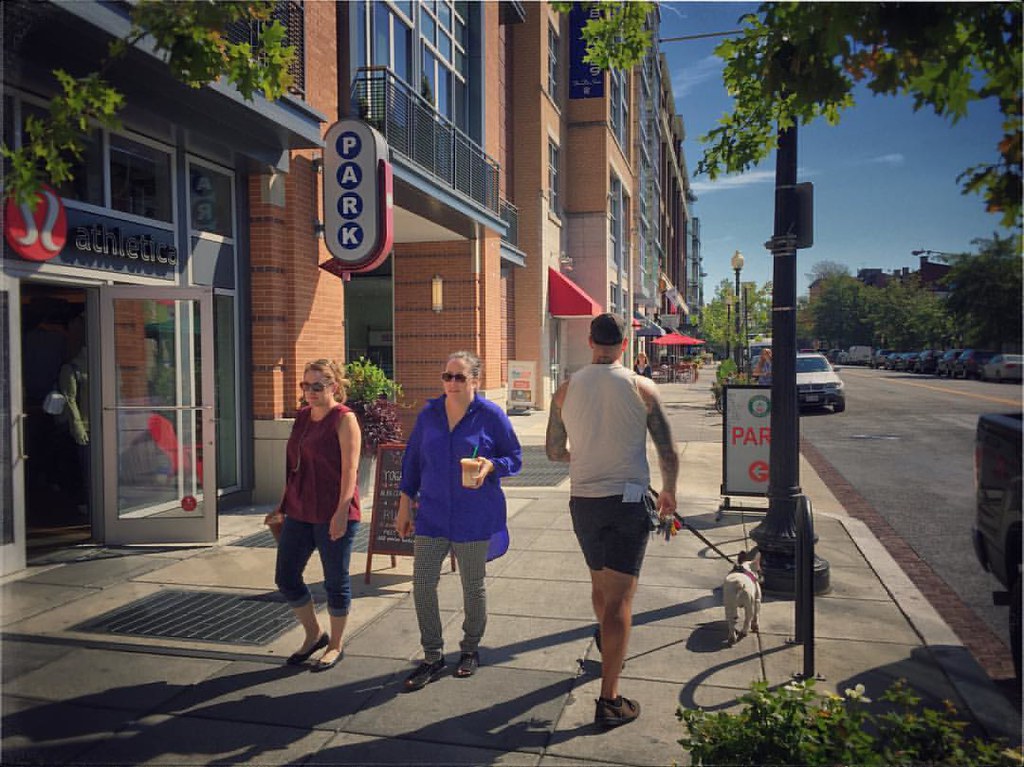
Commuting accounts for only about 15 percent of trips in the United States. But when planners make transportation infrastructure decisions, they often base them on commuting patterns, not other types of trips.
One side effect of this convention is that it undervalues trips by women, writes U.K. blogger Katja Leyendecker, and contributes to a built environment that is poorly suited to women's needs. She digs into some of the U.K. data:
The commute makes about 20% of all the mileage (combined 19%, men 23%, women 15%), whilst shopping trips accumulate considerably less mileage (combined 12%, men 9%, women 14%). The highest category for women actually is “visiting friends at private home” (18%), joint second followed “commute” and “holiday / day trip” (each 15%) and shopping hence coming fourth (14%). Men’s mileage, on the other hand, is somewhat dominated by the commute (23%), then jointly followed by “business” and “visiting friends at private home” (each 13%), with “holiday / day trip” (12%) in fourth place...
We historically have looked at the commute for its coincidence with the rush hour, to deal with peak travel demand. In the UK at least, a real and honest look at space as a limited precious resource (and how to carve it up fairly and effectively) has not taken place. The commute focus has not brought about a better transport system with alternatives to the private car largely still excluded. I suggest that taking the commute approach brings the problem that over 80% of all trips have been neglected in transport assessments. These trips require attention for other reasons than the peak demand. Reasons are for example safety needs when travelling with kids and transporting shopping. In cycle cities like Copenhagen and Amsterdam these trips are still carried out by women, [but] they are cycled. Removing those trips from the transport agenda marginalises the importance of women’s everyday activities and careful and sensible provision for these activities.
The commute accounts for fewer than 1 in 5 trips. In order to make designs environmentally effective and create gender-inclusive networks, we need to incorporate all ways of travel in our assessments. Women’s trips are usually shorter and women make more trips. This would mean by leaving out the women-type trips of shopping and visiting others, we could miss out on building useful networks on a neighbourhood level to make it possible to cycle quick errands, cycle with kids and transport shopping by bike.
Elsewhere on the Network today: Mobilizing the Region says low gas prices make it harder to reduce traffic deaths. Transit Columbus launches a petition urging Columbus not to use its "Smart City Challenge" win as an excuse to avoid building light rail. And NextSTL considers what it would take for St. Louis to grow again.





